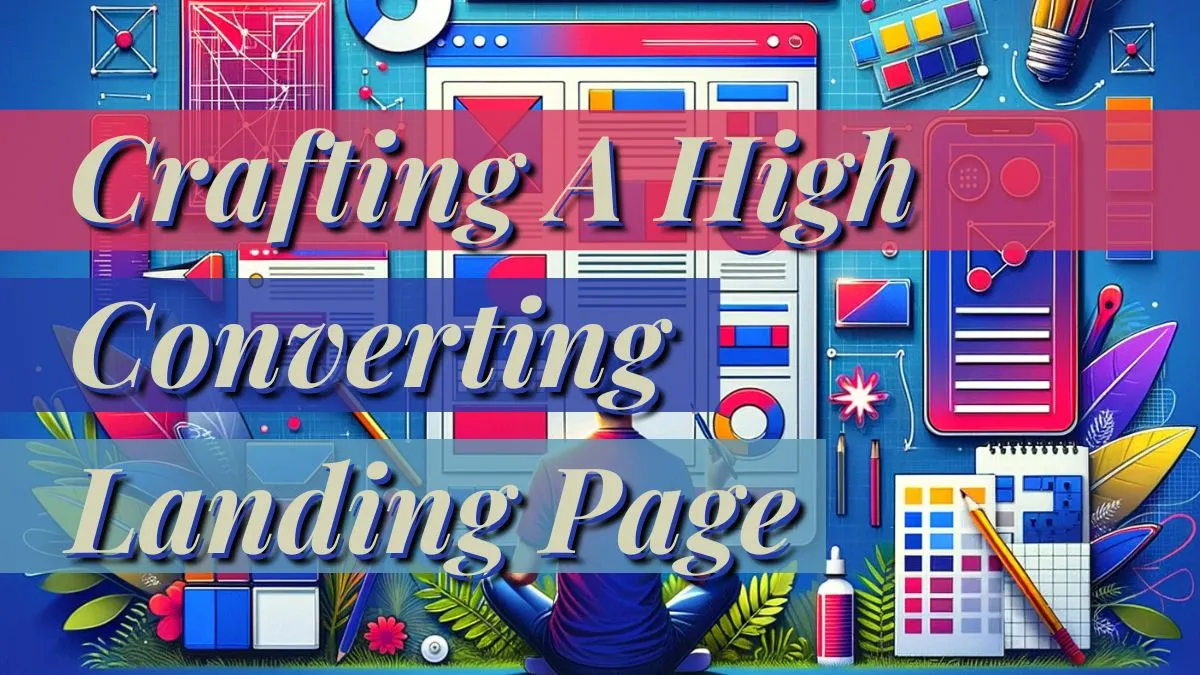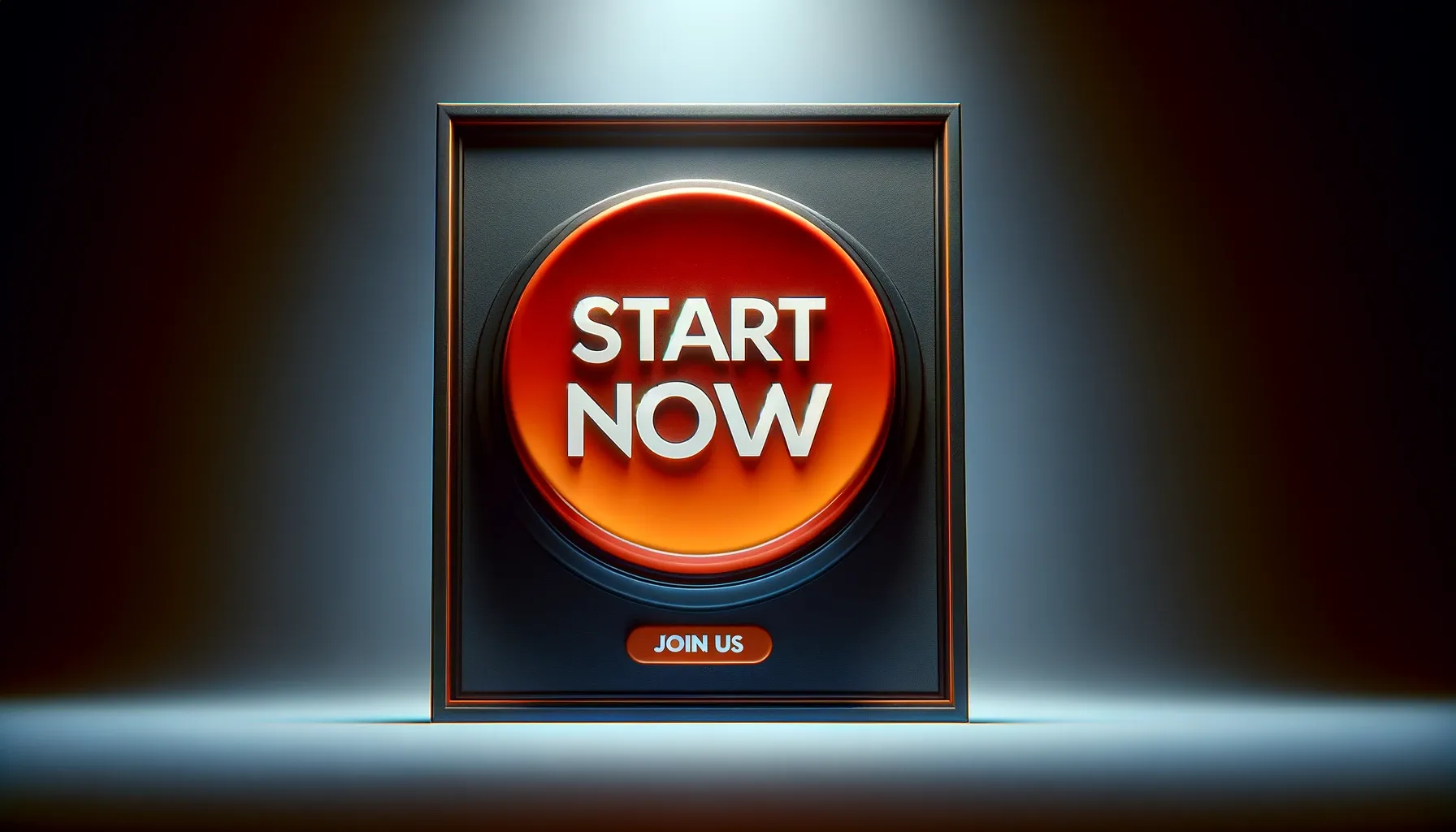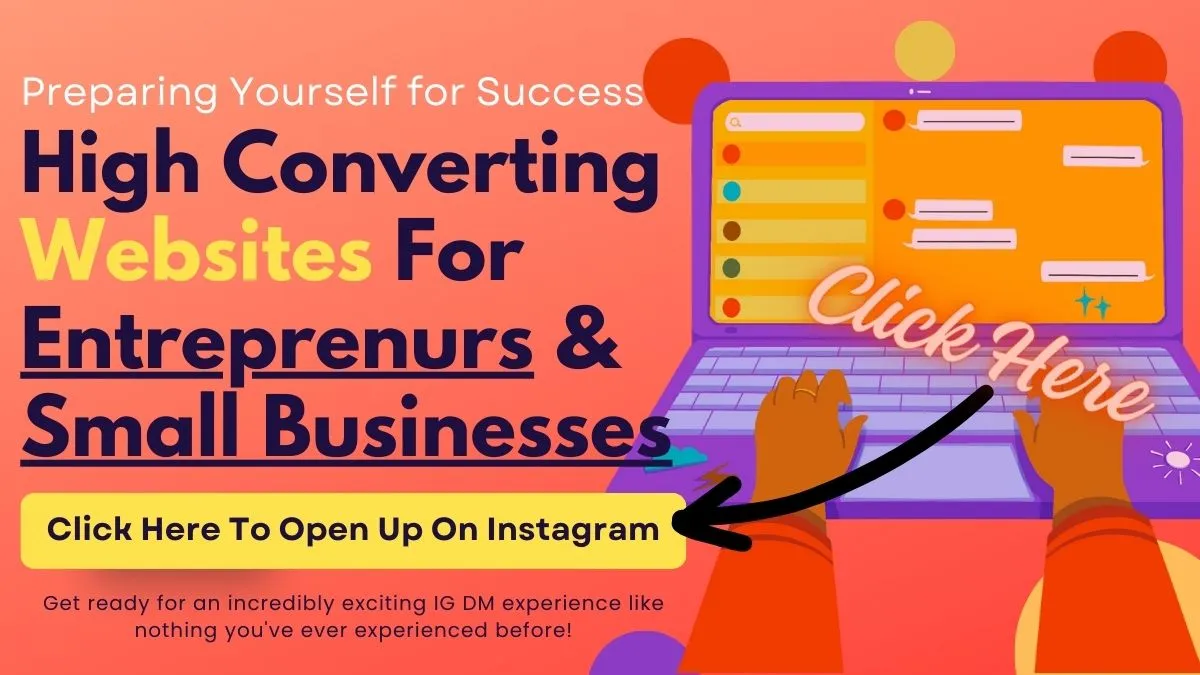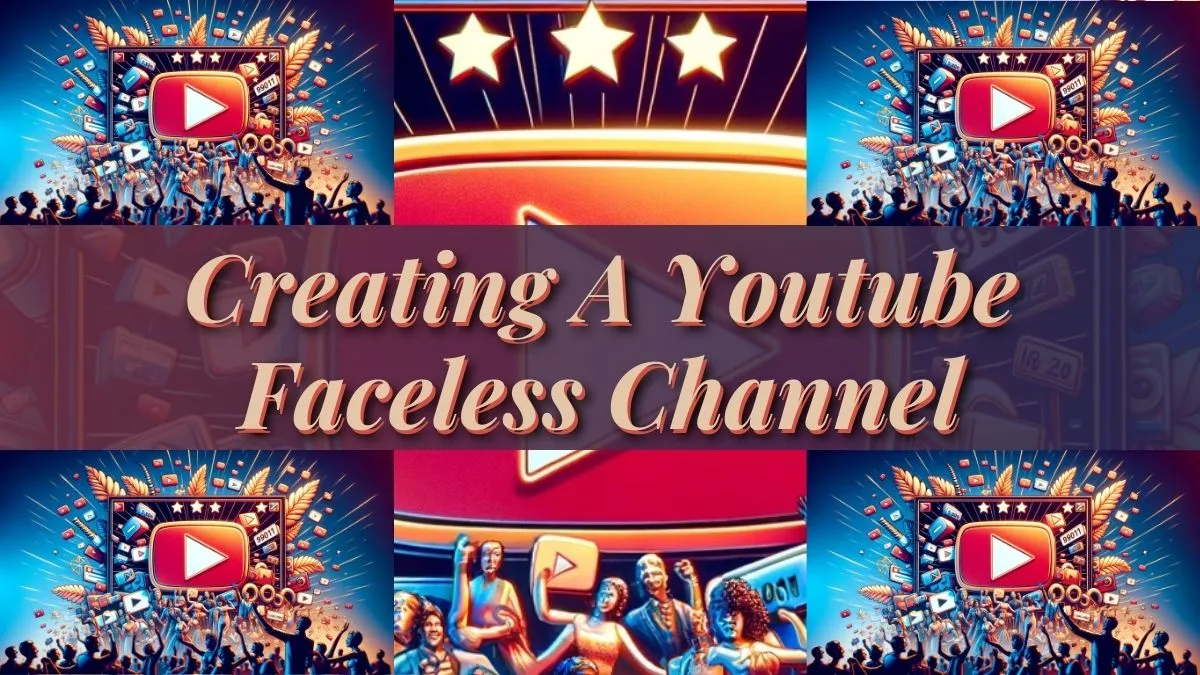Mastering Landing Pages: From Creation To Conversion

Create A Landing Page Here
In the vast expanse of the digital marketing universe, a landing page is a standalone web page, distinct from your main website, that has been designed for a single, focused objective.
This objective is usually to capture visitors' information through a form, driving them towards a specific action such as signing up for a newsletter, making a purchase, or requesting more information about a product or service.
A landing page is like a digital storefront, offering your visitors a clear, concise understanding of what you're offering and why it matters to them.
It's the first impression many of your potential customers will have of your business, so it's crucial to get it right.
The Hero of the Landing Page Story

In the narrative of your landing page, the visitor, or potential customer, is the hero. They are the ones on a journey, seeking a solution to a problem or an answer to a need.
Your landing page should be designed with this hero in mind, focusing on their needs, desires, and pain points.
For instance, if your landing page is for an email marketing tool, your hero might be a small business owner looking to increase customer engagement.
Your landing page should speak directly to this hero, addressing their specific needs and how your product or service can help them achieve their goals.
The Problem Landing Pages Solved

Every hero's journey involves overcoming challenges. In the context of a landing page, these challenges are the problems your product or service can solve for your customers.
Whether it's helping them increase their email open rates, convert more leads, or streamline their business processes, your landing page should clearly articulate these problems and present your product or service as the solution.
For example, if your landing page is for a text-to-speech tool, the problems you're solving might include transforming your ideas into stunning content with AI voices, fast creation in minutes, and scaling at a fraction of the cost.
Your landing page should highlight these problems and demonstrate how your tool can help teams stay organized, meet their deadlines, and communicate more effectively.
Remember, the key to a successful landing page is to keep the focus on the customer—their needs, their problems, and how you can help them.
By doing so, you'll be able to create a landing page that not only drives conversions but also builds trust and credibility with your audience.
The Guide in the Landing Page Journey

In the narrative of your landing page, your brand serves as the guide. Just as Obi-Wan Kenobi guided Luke Skywalker in his journey, your brand guides your customers towards their goals.
Your brand's expertise, authority, and trustworthiness become the guiding light for your customers, helping them navigate the path to their desired outcome.
For instance, if your landing page is for a digital marketing course, your brand is the experienced mentor that can guide your customers—aspiring digital marketers—through the complex world of digital marketing.
Your landing page should clearly communicate your brand's expertise and the unique value it brings to the table.
The Plan Presented by Landing Pages

A landing page presents a clear and easy-to-follow plan for your customers. This plan is the process or steps your customers need to take to avail themselves of your offer.
Whether it's filling out a form to download an eBook, signing up for a free trial of your software, or making a purchase, your landing page should make this process as straightforward and frictionless as possible.
For example, if your landing page is about the future of video content, the plan could be as simple as signing up for a free trial and starting to upload videos to all social media platforms to gain more followers, comments, and likes.
The Call to Action on Landing Pages

The call to action (CTA) is arguably the most critical component of your landing page. It's the final push that motivates your customers to take the desired action.
A clear, compelling CTA can significantly increase your conversion rates and drive better results for your business.
Your CTA should be action-oriented and create a sense of urgency. For example, instead of a generic "Submit" button, use more engaging language like "Download My Free eBook Now" or "Start My Free Trial Today".
This not only tells your customers exactly what they're getting but also encourages them to take immediate action.
Avoiding Failure with Landing Pages

In the digital marketing landscape, not having a well-designed landing page can lead to missed opportunities and potential failures.
A poorly designed landing page can result in lost leads, lower conversion rates, and decreased customer engagement. It's like having a store with no entrance—your customers simply won't be able to find what they're looking for.
Common pitfalls to avoid include slow loading times, a lack of mobile optimization, confusing navigation, and unclear calls to action.
The Success Story of Effective Landing Pages

On the flip side, a well-crafted landing page can be a game-changer for your business. It can lead to increased conversions, more leads, and improved customer engagement.
It's like having a well-oiled machine that consistently delivers results.
For instance, a landing page for a digital marketing course might highlight the success stories of past students who have gone on to launch successful careers after completing the course.
These success stories serve as social proof, reinforcing the value of the offer and encouraging more visitors to sign up.
Landing Page Best Practices

Creating an effective landing page involves more than just a catchy headline and a compelling call to action. It requires a deep understanding of your audience, a clear value proposition, and a design that makes it easy for visitors to take action.
Here are some best practices to keep in mind:
Target Long-Tail Keywords
Long-tail keywords are more specific and tend to have less competition than generic keywords. They can help you attract more qualified traffic and increase your conversion rates.
Improve Page Loading Speed
Slow loading times can lead to high bounce rates. Make sure your landing page loads quickly to provide a smooth user experience.
Make Your Content Shareable
Include social sharing buttons on your landing page to encourage visitors to share your content with their networks.
Write an Enticing Headline
Your headline is the first thing visitors see. Make sure it grabs their attention and clearly communicates the value of your offer.
Landing Page Mistakes To Avoid

While landing pages can be a powerful tool in your digital marketing arsenal, there are common mistakes that can hinder their effectiveness.
These mistakes can lead to a poor user experience, lower conversion rates, and ultimately, a loss of potential customers.
One of the most common mistakes is having too many calls to action (CTAs).
While it's essential to have a clear CTA, having too many can confuse your visitors and dilute your main message. Keep your CTA focused and aligned with your main offer.
Another common mistake is having a slow-loading page. In today's fast-paced digital world, users expect pages to load quickly.
A slow-loading page can lead to high bounce rates and missed opportunities.
Furthermore, it is essential to refrain from using cliché headlines that lack originality. Your headline is the first thing your visitors see, so it needs to grab their attention and clearly communicate the value of your offer.
Use your headline to pique your visitors' interest and entice them to learn more.
Landing Page Builders

Creating a landing page doesn't have to be a daunting task. There are numerous landing page builders available that make the process easy and straightforward.
These tools provide templates, drag-and-drop editors, and other features that allow you to create professional-looking landing pages without any coding knowledge.
Some of the best landing page builders include Groove.cm, Go High Level, and System IO.
Each of these tools offers a range of features and benefits, so you can choose the one that best fits your needs and budget.
Conclusion: Final Thoughts On Optimizing Your Landing Page For Success
Landing pages are a crucial component of any digital marketing strategy. They provide a focused platform for your offers, helping you capture leads and drive conversions.
By understanding the principles of effective landing page design and avoiding common mistakes, you can create landing pages that not only attract visitors but also convert them into customers.
Remember, the key to a successful landing page is to keep the focus on the customer—their needs, their problems, and how you can help them.
By doing so, you'll be able to create a landing page that not only drives conversions but also builds trust and credibility with your audience.




